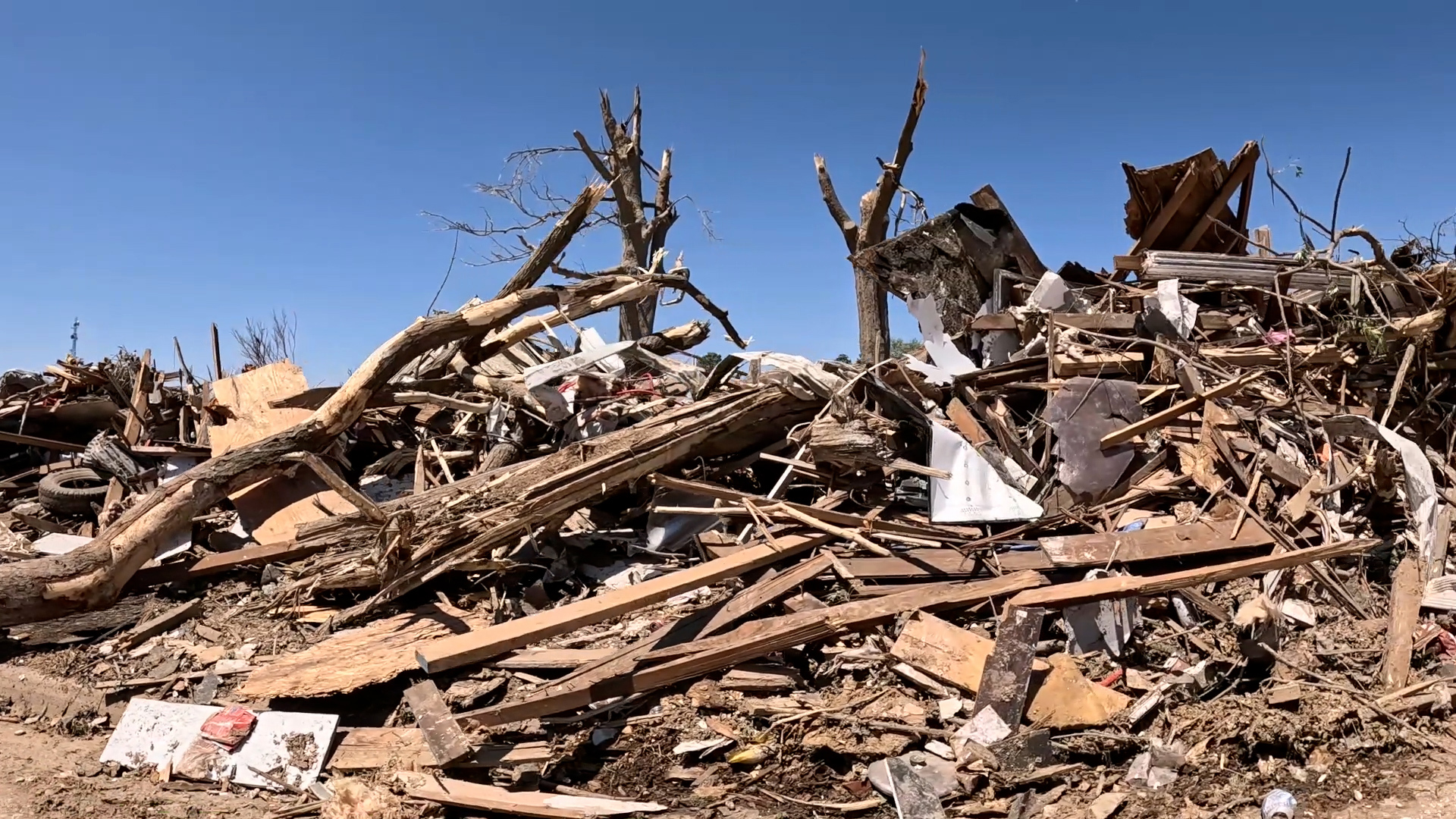IOWA, USA — Iowa is a landlocked state, however, that doesn't prevent the state from seeing tropical weather.
That's not to say Iowans will see a hurricane. We're too far from the coast for that, but we could see the storm's remanants.
Since 1900, Iowa has been hit by a tropical depression four times, and experienced an extratropical storm three times, according to the National Weather Service.
The most recent tropical depression the state of Iowa has seen was back in 2020 with Tropical Storm Cristobal. The tropical storm lost strength as it reached Iowa, however, after passing the Great Lakes, it regained tropical storm-status again in Canada.
Beyond that, Iowa has received rainfall from hurricanes after the storms lost strength and became low-pressure systems.
What is a tropical depression?
A tropical depression is one step lower than a tropical storm. It is classified as a tropical cyclone that has sustained winds of 38 miles per hour or less.
The biggest threat that comes with tropical depressions is flooding. When a tropical storm moves through, it causes heavy rainfall, leading to flash flooding and river flooding based on the rain's intensity.
What is an extratropical storm?
An extratropical storm is a step down from a tropical depression. However, it can still drop a decent amount of rain. By definition, an extratropical storm is a rotating weather system that has its strongest winds high up in the atmosphere, while a tropical storm has their strongest winds near the surface.
With hurricane season beginning on June 1, a tropical depression or extratropical storm could cause flooding in Iowa.
With the potential for flooding, here are some tips from the National Weather Service to keep in mind:
- When driving, if water is covering a road, don't drive through it. Turn around, don't drown!
- Six inches of moving water can knock over a person and reach the bottom of most passenger cars, causing you to lose control or have the car stall.
- One foot of moving water can float most vehicles, and two feet of moving water can move away majority of vehicles including SUVs and pick-ups.



